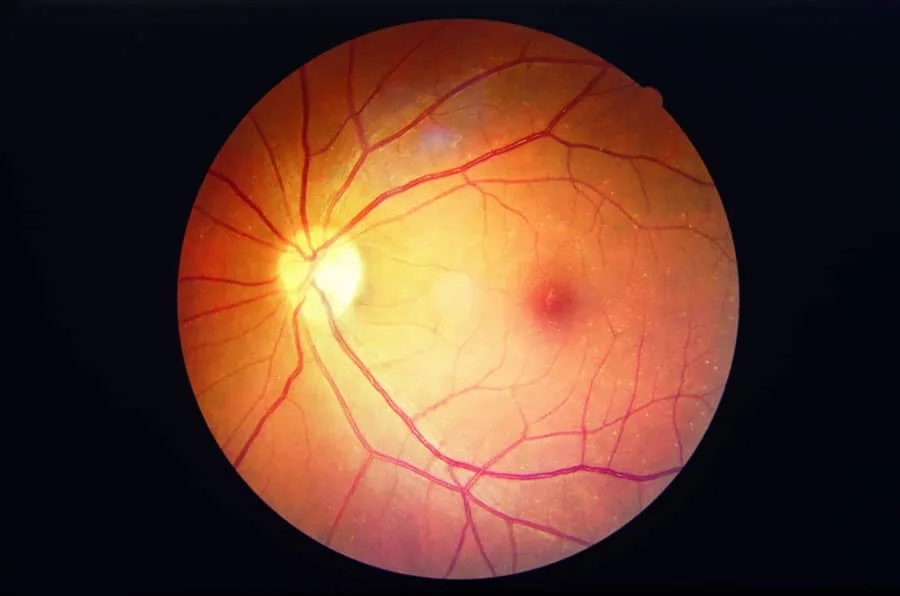A New Lens on “Healthy” Eating
For decades many of us have followed simple commandments: keep weight low, favor low-fat foods, drink sparingly, and treat high cholesterol as the enemy. Then along came research by Dr. Raphael Cuomo showing that these rules can flip once disease appears. In his analyses, obesity, moderate drinking, and even higher cholesterol sometimes predict longer survival among people already living with cancer or heart disease. This observation, now called Cuomo’s Paradox, invites us to rethink nutrition as a moving target rather than a fixed set of dos and don’ts.

Risk Before Diagnosis, Resilience Afterward
Cuomo’s findings highlight two distinct chapters in a person’s health story. In the first chapter, before any diagnosis, the classic advice still makes sense because it lowers the odds that serious illness will start. In the second chapter, after diagnosis, the body faces different challenges. Treatments can sap energy, inflammation can rise, and unintentional weight loss can weaken the immune system. Under these conditions a little extra body mass or a less aggressive cholesterol target may offer a cushion that helps people stay stronger. The same nutrient that once looked risky can become an ally when the body is fighting to recover.
Personalization Beats One-Size-Fits-All
If rules can reverse, the only reliable guide is the individual’s current situation. Precision nutrition is no longer just a scientific buzzword; it is a practical need. Someone finishing chemotherapy might benefit from a richer diet that rebuilds muscle, while a friend in perfect health might still aim for lean dishes and extra steps on the pedometer. Regular lab tests, honest conversations with clinicians, and attention to how the body feels day to day become more valuable than any universal food pyramid.
How Regular People Can Apply the Idea
Start by asking, “Where am I in my health journey right now?” If you are in a prevention phase, traditional guidance remains wise. That means plenty of colorful produce, limited processed sugar, modest portions. If you have entered a treatment or recovery phase, check whether you feel unusually tired or are losing weight without trying. Those signs may mean your needs have changed. Rather than tightening restrictions, you might need to loosen them, adding calorie-dense snacks, fuller-fat dairy, or a second helping of grains to keep strength up. Watching trends in weight, energy, and simple blood markers over time can show whether adjustments are working.
The Future of Everyday Eating
Cuomo’s Paradox lets us retire the idea that there is a single gold-standard diet for everyone at every moment. Instead nutrition becomes more like clothing: what fits in summer may not suit winter, and what helps during illness may be unnecessary once health returns. As home testing kits, wearable sensors, and tele-nutrition services become commonplace, tailoring meals to the season of life will get easier. The real lesson is not that old advice was wrong, but that it was incomplete. Diet is a tool, and like any tool its value depends on the job in front of us. By matching what we eat to where we are in our health journey, we give ourselves the best chance to thrive, whether we are working to stay well or working to heal.


